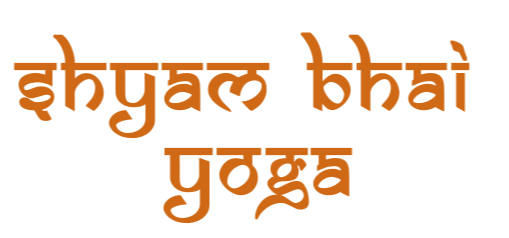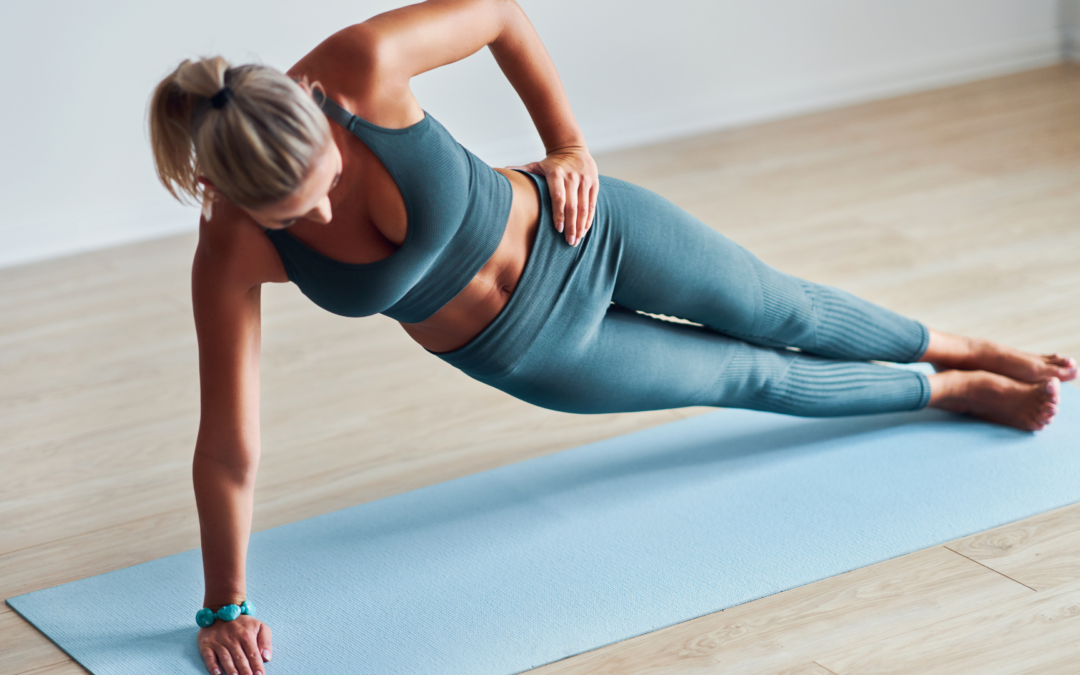Yoga for Athletes: Enhancing Performance and Recovery
Yoga, an ancient practice originating in India, has grown immensely popular worldwide, especially among athletes. The practice combines physical postures (asanas), breathing exercises (pranayama), and meditation. While traditionally associated with spiritual and physical well-being, yoga has proven to be an invaluable tool for athletes, offering numerous benefits that enhance performance, improve flexibility, and speed up recovery. This article explores the multifaceted advantages of yoga for athletes and provides guidance on integrating it into their training routines.
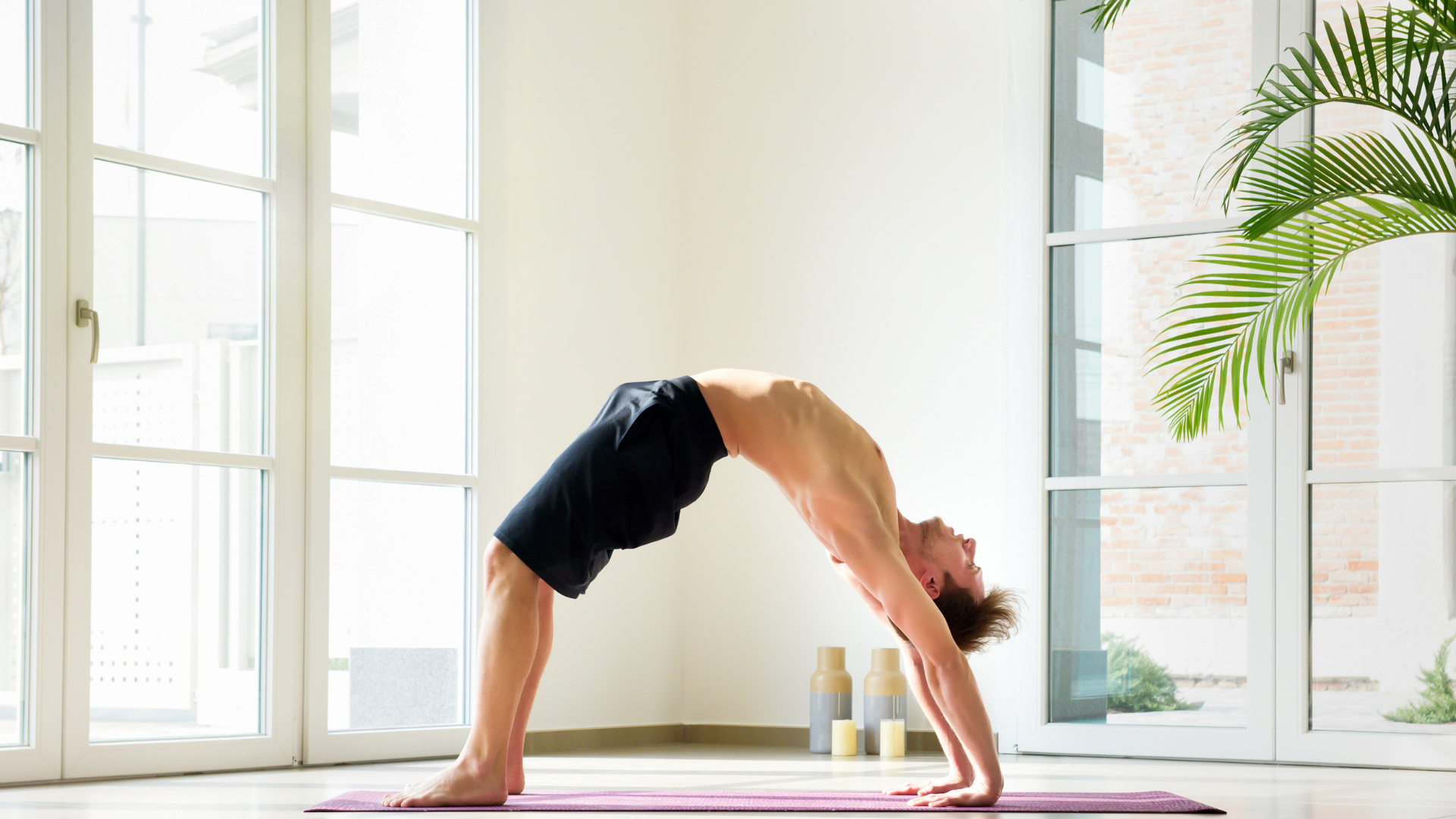
The Multifaceted Benefits of Yoga for Athletes
- Improved Flexibility Flexibility is a crucial component of athletic performance. It allows athletes to move more freely, reducing the risk of injury. Online yoga classes involve various stretching exercises that lengthen muscles and increase the range of motion in joints. Poses like the Downward-Facing Dog and the Triangle Pose are particularly effective in stretching major muscle groups, thereby improving overall flexibility.
- Increased Strength While yoga is often perceived as a gentle practice, many poses require significant strength to hold. Asanas like the Plank Pose, Warrior series, and Boat Pose engage multiple muscle groups, building functional strength. This type of strength is beneficial for athletes because it enhances stability and power without adding bulk, which can be a concern in sports where agility and speed are essential.
- Enhanced Balance and Coordination Balance and coordination are fundamental for athletes across all sports. Yoga emphasizes these aspects through poses that challenge the body’s equilibrium, such as the Tree Pose and Eagle Pose. Improved balance can enhance an athlete’s performance by allowing for more precise and controlled movements, whether it’s maintaining a stable stance or executing complex maneuvers.
- Better Breathing and Endurance Breathing is a core component of yoga, with practices like pranayama focusing on controlling and enhancing breath capacity. Techniques such as Ujjayi breathing help increase lung capacity and efficiency, which can significantly improve an athlete’s endurance. Proper ten-minute breathing exercises ensures that muscles receive ample oxygen during physical exertion, delaying fatigue and enhancing performance.
- Mental Focus and Clarity The meditative aspects of yoga promote mental clarity and focus. Athletes often need to perform under pressure and maintain concentration during competitions. Yoga practices like mindfulness meditation and focused breathing exercises help calm the mind, reduce anxiety, and improve mental resilience. This mental edge can be the difference between winning and losing in high-stakes scenarios.
- Injury Prevention Yoga helps in identifying and correcting muscle imbalances and weaknesses, which are common causes of sports injuries. By enhancing body awareness, athletes can recognize areas of tension and imbalance before they lead to injury. Poses that focus on stretching tight muscles and strengthening weak ones contribute to a balanced musculature, reducing the risk of strains and sprains.
- Faster Recovery Recovery is a critical aspect of an athlete’s training regimen. Yoga promotes relaxation and reduces muscle tension, aiding in quicker recovery post-training or competition. Gentle yoga stretches improve circulation, helping to remove metabolic waste from muscles and bring in nutrients needed for repair. Poses like the Child’s Pose and Corpse Pose are excellent for promoting relaxation and aiding recovery.
Discover How Yoga Improves Flexibility and Strength for optimal athletic performance
Types of Yoga Beneficial for Athletes
- Hatha Yoga Hatha Yoga is a gentle form that focuses on basic postures and breathing techniques. It is ideal for beginners and athletes looking for a balanced practice that improves flexibility and reduces stress without intense physical demand.
- Vinyasa Yoga Vinyasa involves a series of poses that flow smoothly into one another, synchronizing breath with movement. This dynamic form of yoga builds strength, flexibility, and cardiovascular endurance, making it an excellent complement to traditional athletic training.
- Yin Yoga Yin Yoga involves holding poses for several minutes to target deep connective tissues and increase flexibility. It is particularly beneficial for athletes as it helps release tension in tight muscles and improve joint mobility.
- Restorative Yoga Restorative Yoga focuses on relaxation and recovery, using props to support the body in restful poses. This type of yoga is perfect for recovery days, promoting deep relaxation and stress relief.
- Ashtanga Yoga A vigorous and structured form of yoga, Ashtanga follows a specific sequence of poses. It builds strength, stamina, and flexibility, making it suitable for athletes who are already in good physical condition and looking to enhance their overall fitness.
Essential Yoga Poses for Athletes
Downward-Facing Dog (Adho Mukha Svanasana)

This pose stretches the hamstrings, calves, and shoulders while strengthening the arms and legs. It also helps in improving overall body flexibility and can be included in both warm-up and cool-down routines.
Warrior I (Virabhadrasana I)
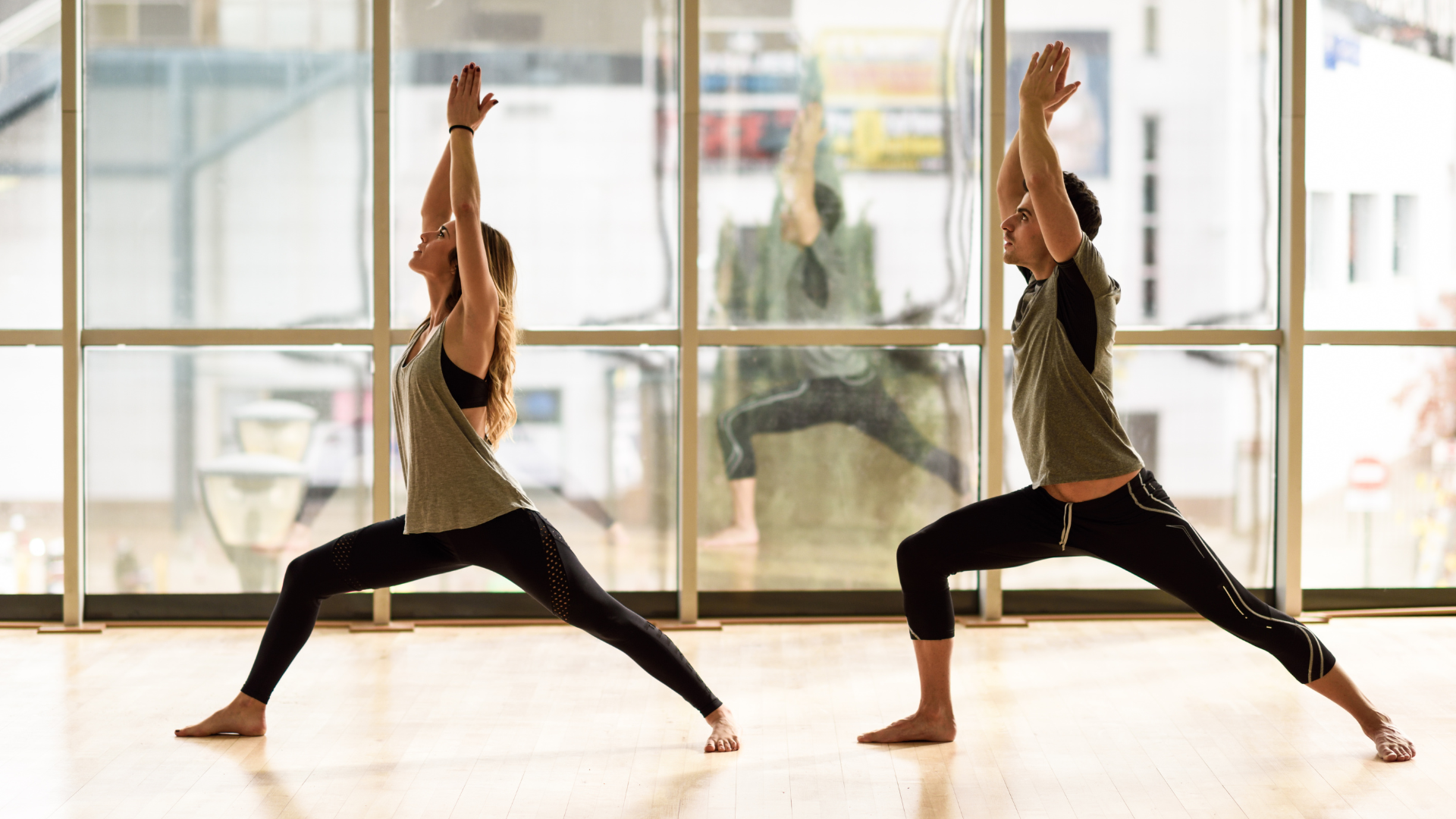
Warrior I strengthens the legs, opens the hips, and stretches the chest and lungs. It enhances stability and balance, which are crucial for athletic performance.
Warrior II (Virabhadrasana II)
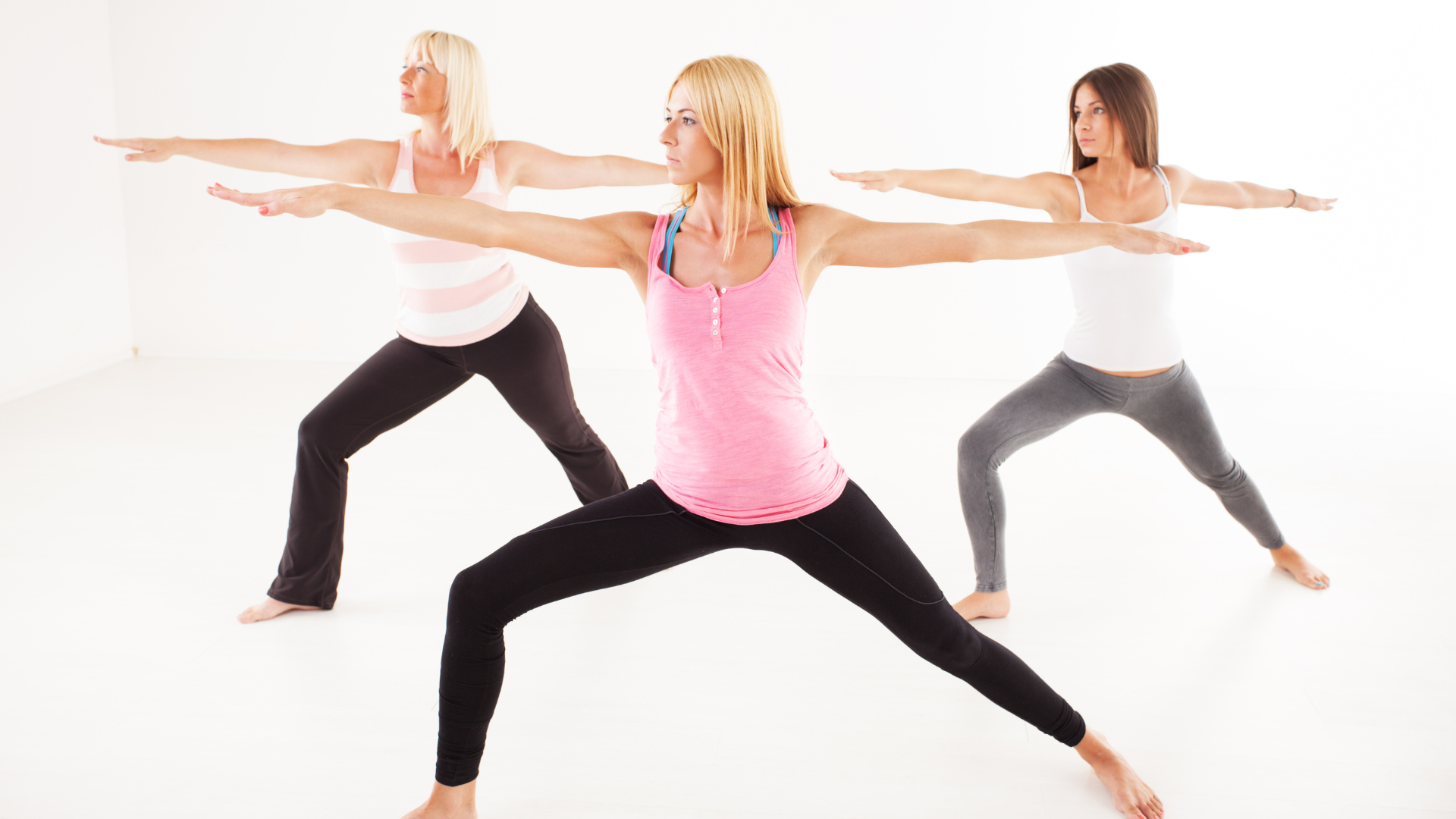
This pose builds strength in the legs and improves balance while stretching the groin and inner thighs. It also enhances endurance and focus.
Triangle Pose (Trikonasana)
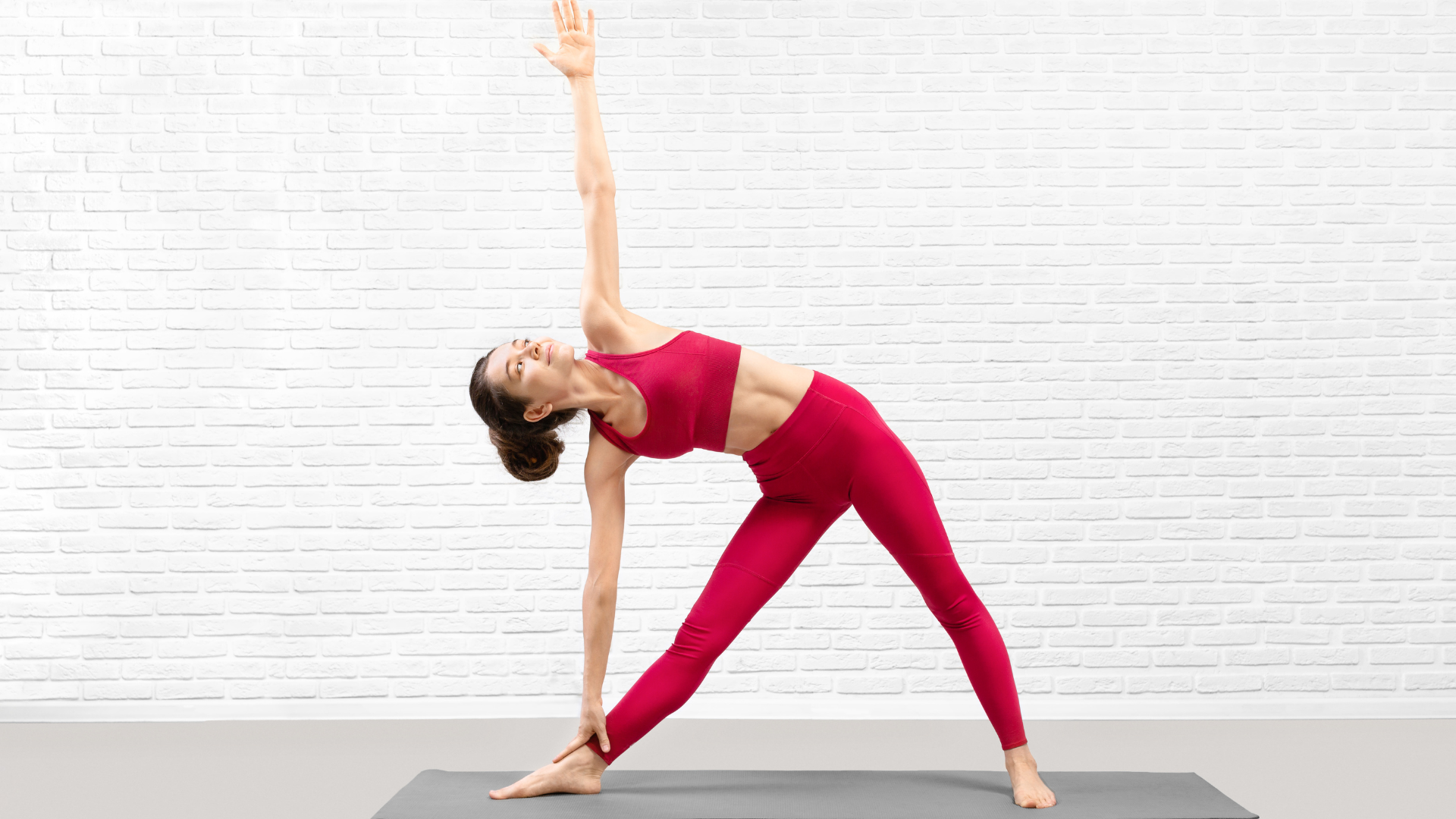
The Triangle Pose stretches the legs, hips, and spine, while also strengthening the legs. It helps improve balance and coordination, vital for many sports.
Pigeon Pose (Eka Pada Rajakapotasana)
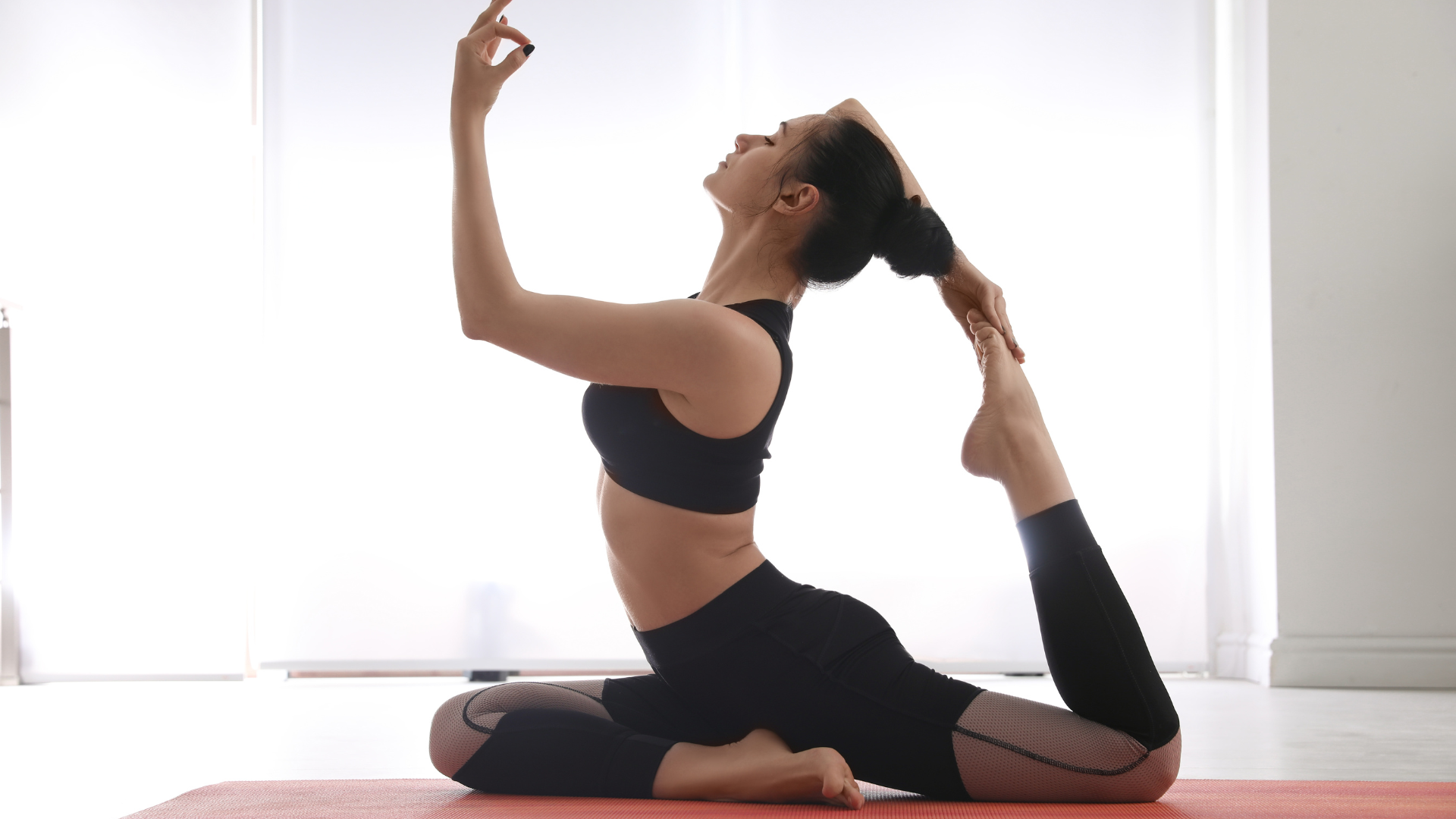
Pigeon Pose is excellent for stretching the hips, glutes, and lower back, helping release tension in these areas. It is particularly beneficial for runners and cyclists who often have tight hip flexors.
Bridge Pose (Setu Bandhasana) ‘

This pose strengthens the back, glutes, and hamstrings while opening up the chest and improving spinal flexibility. It also helps in alleviating lower back pain.
Child’s Pose (Balasana)

Child’s Pose is a restorative pose that stretches the back and hips while promoting relaxation. It is excellent for cooling down and aiding in recovery.
Integrating Yoga into Athletic Training
- Warm-Up Routine Incorporating yoga stretches into a warm-up routine prepares muscles and joints for more intense activity. Dynamic sequences like Sun Salutations are ideal as they increase blood flow and loosen up the body.
- Cool-Down Routine Gentle yoga stretches in a cool-down routine help muscles relax and recover post-workout. This can reduce muscle soreness and improve flexibility. Poses like the Forward Bend and Reclining Twist are effective for this purpose.
- Dedicated Yoga Sessions Athletes can benefit from dedicated yoga sessions a few times a week. These sessions should focus on different aspects such as flexibility, strength, balance, and relaxation, complementing their regular training regimen.
- Yoga for Recovery Days On rest days, engaging in restorative or yin yoga can promote recovery and relaxation. These gentle practices help reduce muscle tension and improve overall well-being without adding physical strain.
Tips for Athletes New to Yoga
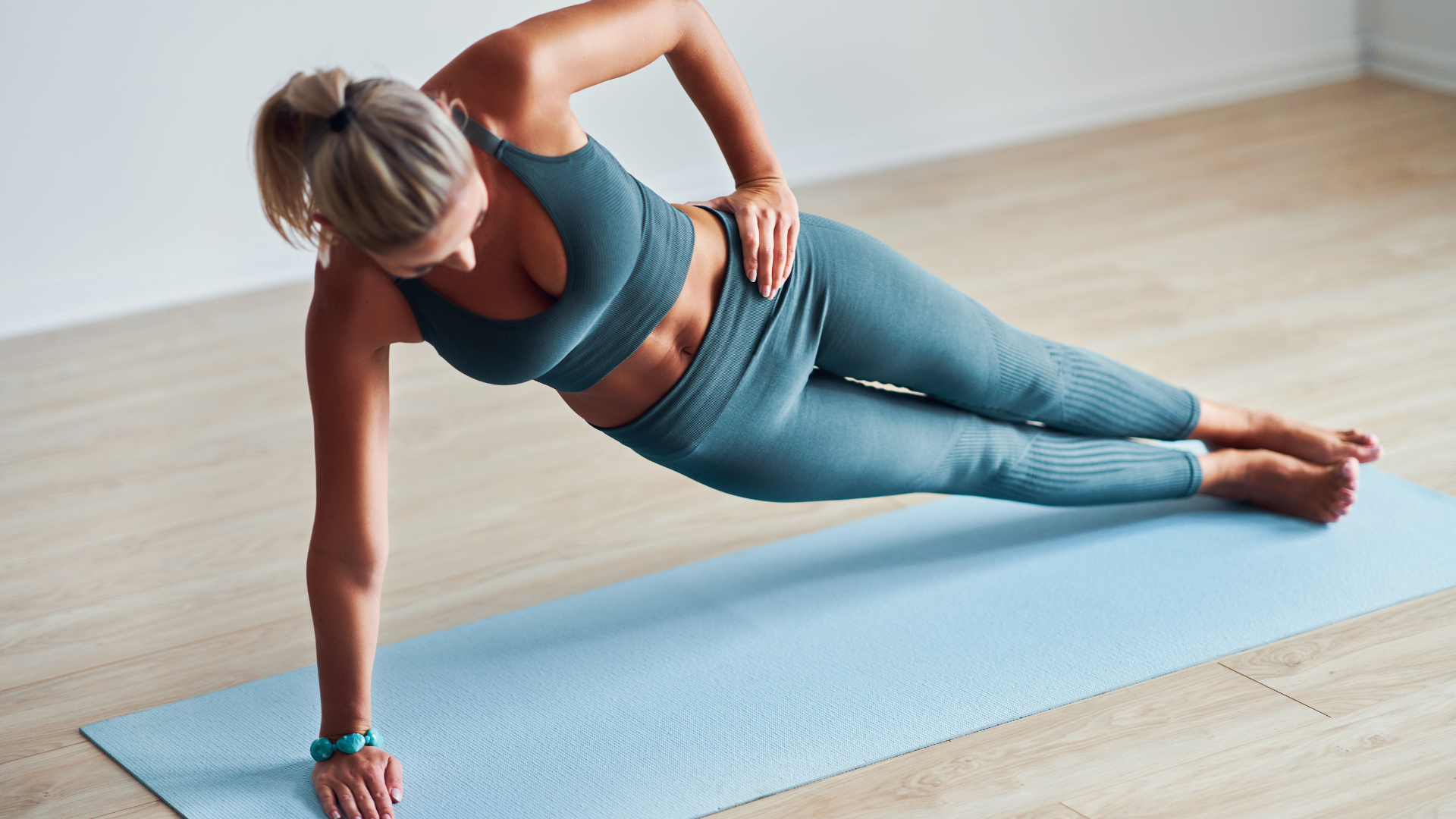
- Start Slowly Begin with basic poses and gradually progress to more advanced ones. It is important not to push too hard initially to avoid injury. Learning proper alignment and breathing techniques is crucial in the beginning.
- Focus on Breath Paying attention to your breathing throughout the practice enhances the effectiveness of the poses and helps maintain focus. Deep, controlled breaths can also aid in relaxation and stress management.
- Listen to Your Body Yoga is about tuning into your body and respecting its limits. If a pose feels uncomfortable or painful, ease out of it and try a modified version. Over time, your flexibility and strength will improve, allowing you to perform more challenging poses.
- Consistency is Key Regular practice is essential to reap the full benefits of yoga. Even short daily sessions can make a significant difference over time. Consistency helps in building muscle memory and improving overall performance.
- Seek Guidance Attending yoga classes with a qualified instructor can provide valuable guidance and ensure you are performing the poses correctly. An instructor can also tailor the practice to address specific needs and goals.
Conclusion
Yoga offers a multitude of benefits for athletes, from improved flexibility and strength to enhanced mental focus and faster recovery. By incorporating yoga into their training routines, athletes can improve flexibility over 10 weeks, better overall performance, prevent injuries, and maintain their physical and mental well-being. Whether through gentle stretching, dynamic sequences, or restorative practices, yoga can complement traditional athletic training and provide a holistic approach to fitness and health. For athletes looking to gain a competitive edge and enhance their longevity in sports, yoga is an invaluable practice to adopt.
Inquiry
If you have any questions, please feel free to reach out. We’ll be glad to help!
